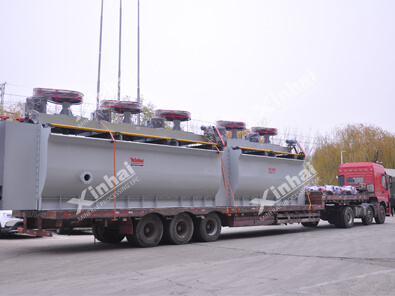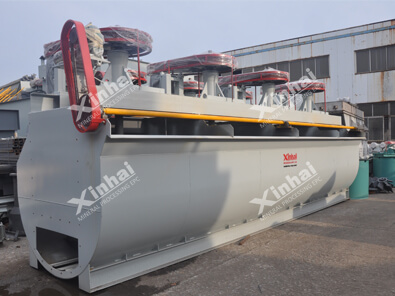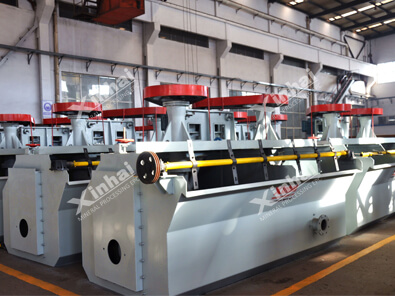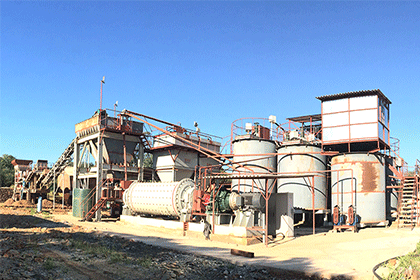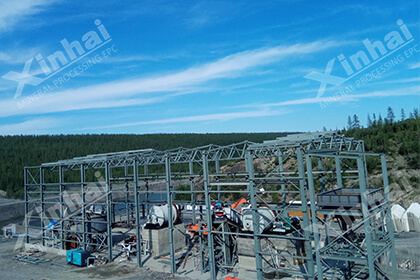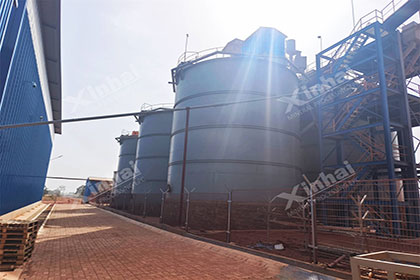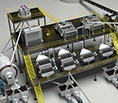Top 5 Factors for Selecting Flotation Cells
 Sheena
Sheena
 Apr 20, 2025
Apr 20, 2025
 37
37
If you want to know more details about equipment, solutions, etc, please click the button below for free consultation, or leave your requirements!
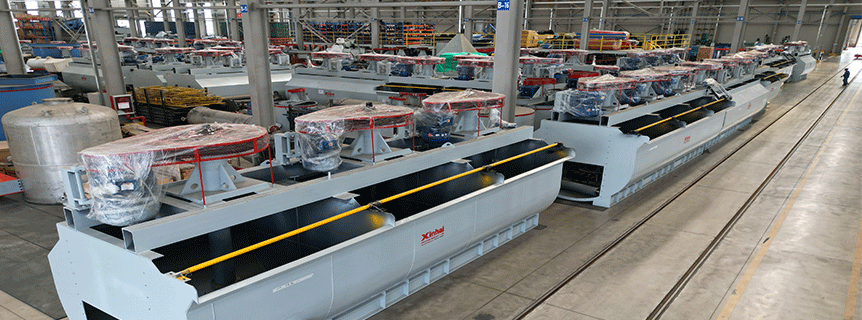
flotation-equipment-in-mineral-processing-plant
Flotation cells are essential in mineral processing plants, enabling the separation of valuable minerals from waste gangue through froth flotation. But with a wide variety of cell types and configurations on the market, how do you choose the right flotation cells for your operation?
This guide covers the 5 key factors to consider—ore grade, plant throughput, capital expenditure (CAPEX), cell design, and maintenance—and concludes with a snapshot of top flotation cell manufacturers globally.
01Ore Grade and Mineral Characteristics
BackThe composition and grind size of your ore directly affect the type and size of flotation cells you’ll need.
Key Considerations:
Low-grade ores often require larger volumes and more aggressive aeration
Fine or ultra-fine particles need advanced technologies like column flotation or Jameson cells
Sulphide ores, oxide ores, and industrial minerals may need different reagents and air dispersion systems
02Throughput and Plant Capacity
BackThe expected tonnage of your processing plant is a major design parameter when sizing flotation circuits.
1. Consider:
Daily tonnage (e.g., 1,000 TPD vs. 10,000+ TPD)
Volume of slurry per cell
Number of rougher, scavenger, and cleaner stages
2. Tip:
For high-throughput operations, consider tank-type mechanical cells with high capacity per unit (e.g., 100–600 m³).
03Capital Expenditure (CAPEX) vs. Operating Costs (OPEX)
Back
While CAPEX is often the initial driver, long-term operating costs—including energy consumption, maintenance, and reagent use—should not be overlooked.
1. Expense Type Affected By
CAPEX Cell type, size, automation, materials
OPEX Air system efficiency, wear parts, energy use
2. Tip:
Opt for flotation cells with low impeller power draw and wear-resistant materials to lower OPEX.
04Cell Design: Mechanical vs. Pneumatic vs. Column
Back
There are several flotation technologies available—each with different strengths.
1. Type Best For Pros
Mechanical cells General-purpose, robust Easy to operate, versatile
Column cells Fine particle recovery, cleaning High-grade concentrates
Jameson cells Fine sulfides, high throughput Compact footprint, low energy
Pneumatic cells Low-maintenance operations No moving parts
2. Tip:
Use a hybrid approach—mechanical cells for roughing and column cells for cleaning—for best performance.

05Maintenance, Wear Parts & Downtime Risk
Back
Reliability is essential in continuous mining operations. Downtime due to worn-out rotors, stators, or air systems can cause costly production losses.
Tip:
Choose cells with:
Modular components for quick replacement
Easy access for inspection and repair
Local support or spare part availability
06Conclusion: Choose Flotation Cells Based on Real Needs
BackSelecting the best flotation cells depends on your ore type, plant capacity, budget, and long-term maintenance strategy. Partnering with a trusted manufacturer and conducting lab tests before scaling up can dramatically improve recovery and efficiency.
Contact us today to discuss your flotation needs and receive a tailored recommendation from our mineral processing engineers.
 +86 18716000713
+86 18716000713 xlyin@xinhaimining.net
xlyin@xinhaimining.net



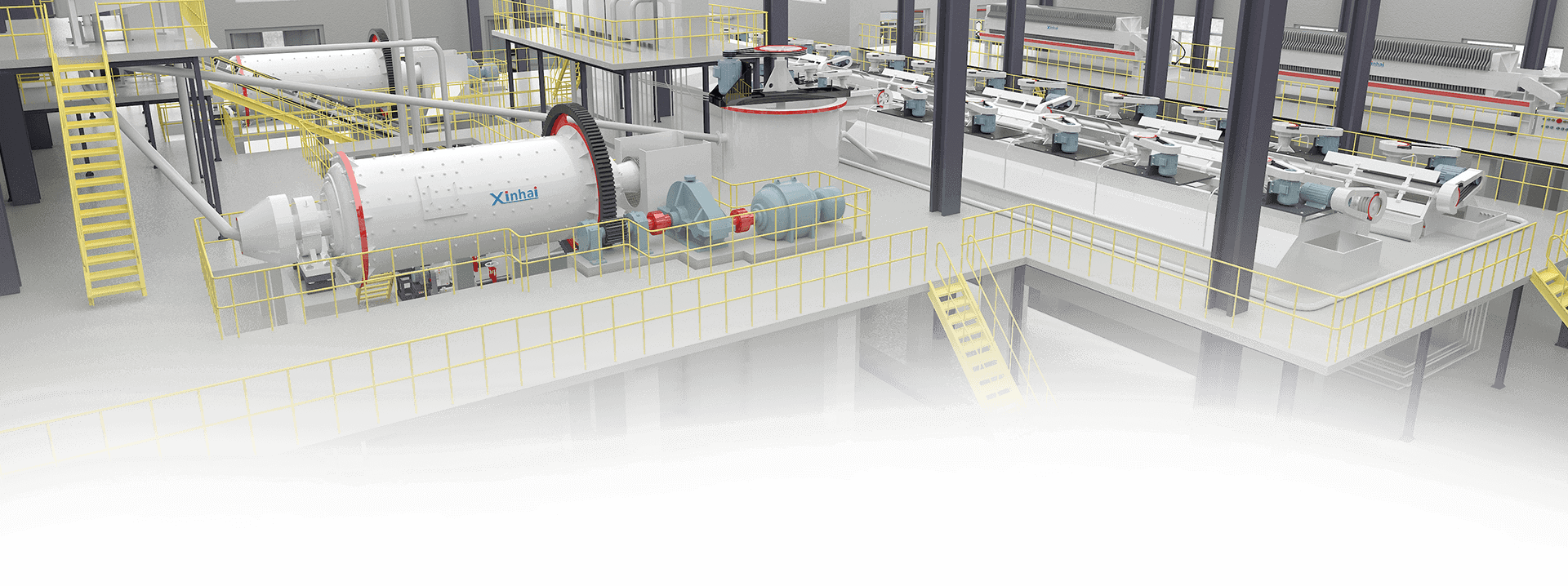
 Message
Message Chat Now
Chat Now


